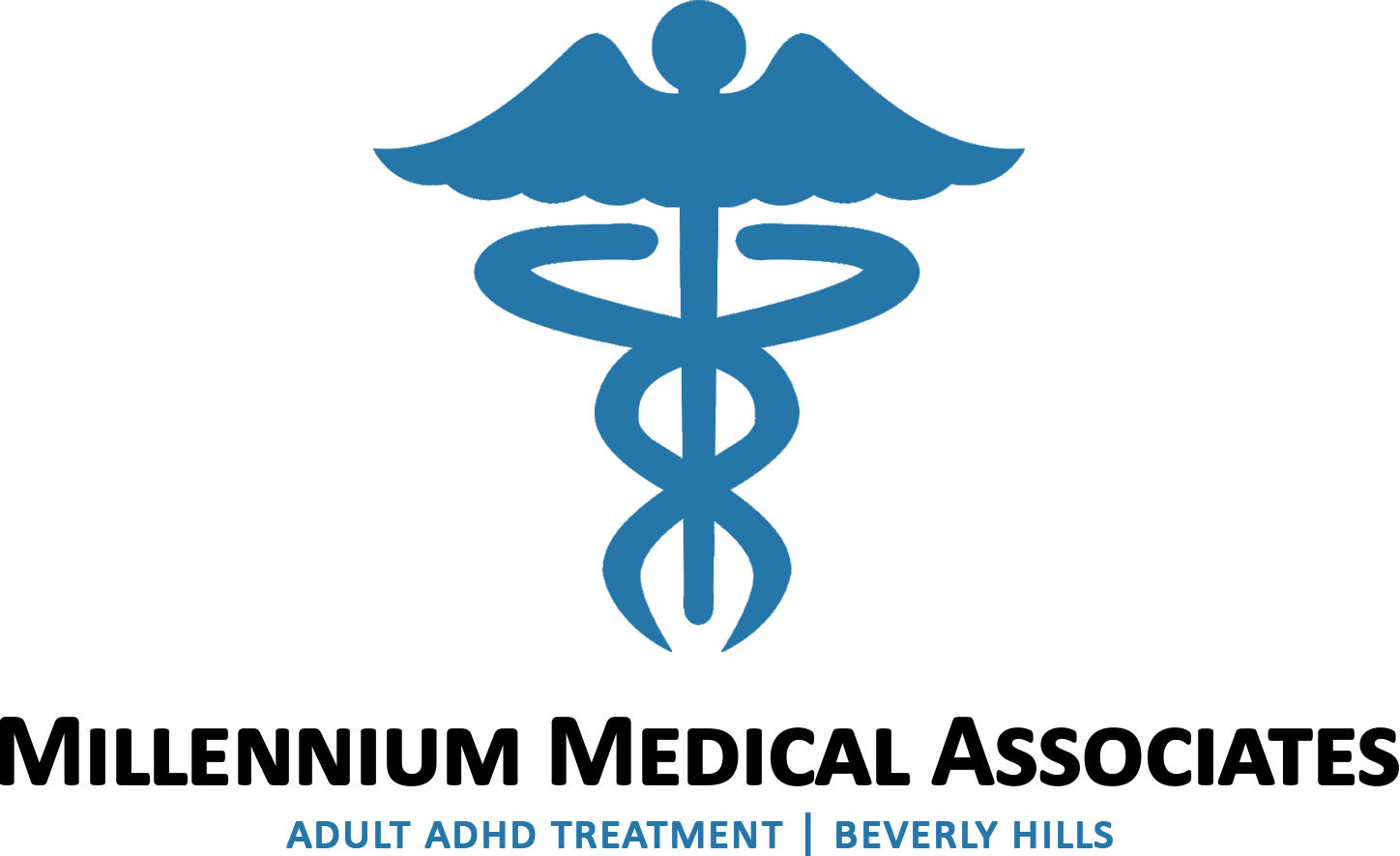How to Recognize and Disarm ADHD When Working from Home
Many adults have been working from home as a response to stay-at-home orders due to COVID-19. For people with ADHD, adjusting to working from home, especially for the first time, can be difficult. Why? Well, here are a couple of common reasons:
Disrupted routines
New ways of communication with colleagues and co-workers
Household distractions from family members
Easy access to cravings and heightened food temptations
For many adults who suffer from the symptoms of ADHD, home may not be the most ideal place to work.
Not recognizing and addressing the signs and symptoms of ADHD in time while working at home can greatly hinder your daily productivity and work performance. Hence, we’ve boiled down a few hallmarks of ADHD for people who are regularly telecommuting.
Are You Late to Video Calls
During this Safer-at-Home phase, employers have been flocking to video conferencing services like FaceTime and Zoom as a replacement for in-person meetings, sometimes opting for video over phone communication as well. Getting to meetings on time helps your reputation and gives you more time to focus and get comfortable.
We can all be late on occasion, but being chronically late to meetings can sabotage your reputation as well as cause a significant dip in productivity level. Being aware of how ADHD puts you at greater risk of staying behind schedule can be enlightening.
Chronic lateness, inability to appropriately manage time, and missing deadlines are hallmarks of ADHD.
Are You Easily Distracted
Distractions while working from home during the pandemic can pose a persistent challenge for adults with ADHD who already get distracted with the slightest of interruptions.
Tune out distractions by implementing a few strategies such as:
Hanging a signboard with a “stop” sign on your home office door, so your household members know not to interrupt you.
Using a "white noise" machine or listen to earphones to block out other sounds while working. Or try Active Noise Cancellation (ANC) headphones like Apple’s AirPods Pro, which employees in our office find helpful.
Checking your work (and personal) messages and emails only at set times during the day.
Sticking to one task at a time.
Are You Taking Effective Notes
One area where people with ADHD struggle is with taking effective notes. This is because taking effective notes during long business meetings requires enhanced focus—something that people with ADHD may not always find comes easy in disrupted settings.
Taking notes is an integral part of any meeting to achieve the intended goal. Note-taking helps you to focus on the speaker, listen for details, and provides a recap of the key points brought up during the meeting. Use your notes to form a concise checklist of your tasks immediately before a meeting closes.
Is Your Workspace Disorganized
Many adults with ADHD strive to repeatedly declutter their workspaces and home offices. Of the many hallmark signs of ADHD, a bigger task like getting a space cleaned up is one that may feel utterly overwhelming (often for no reason at all). When making a change, getting started in the first place could be one of the hardest jobs to accomplish. Once started, staying focused on the cleaning job could be a big challenge when you have ADHD. This may come from the unknown additional steps and time involved in the task compared to the perceived reward of getting it done, for example, ‘How will I sort my stack of papers?’ falls behind ‘I should do this one now, and then I’ll organize’, and so on.
A messy workspace hampers productivity. One can lose hours searching for misplaced documents or other important office tools.
To become more organized, you may want to try out positive reinforcements to help motivate you. For instance, you may choose to reward yourself with a few minutes of relaxing music once you’ve completed the task. Identify all steps in your large task and find a motivating reward you can assign to each.
Are Work and Life Interrupting Each Other
In our always-connected world, work-life balance presents a challenge. For those with ADHD, achieving an optimal balance between professional and family life may be even harder while at home. You may often find yourself playing catch-up with your work and personal life where it feels each is interfering with the other.
Speak with your family and friends about your challenges, and how distractions may impact you through the workday. Try to minimize distractions that come to you through your phone with Do Not Disturb settings on Apple and Android devices. Screen Time Limiting is another effective filter you can control with your Apple or Android device that provides helpful visual graphs of what apps are getting your attention. See something that looks like a time-waster in the list of apps? Set a limit for yourself that you can achieve and improve on. Ask someone looking out for you to hold you accountable, too!
If you find yourself having the above ADHD symptoms, and these symptoms are impacting your performance during this new world of working remotely, we’re here for you.
To book an appointment with one of our ADHD experts, the first step is simply taking our free online ADHD assessment.
